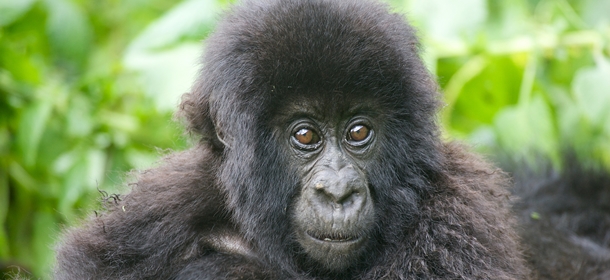 As you may know here at Real Africa we like to stay in regular contact with our guides out in Kenya, Tanzania, Rwanda and Uganda. They send us plenty of updates as well as a selection of photos posted to our Flickr website. We also get game reports from many of our safari lodges to let us know what has been going on in their neck of the woods – or should I say – in their neck of the savannah! Late summer and early autumn are the best time for game viewing as this is when the annual migration is taking place and this year the migration has run well into November and game viewing has been excellent.
As you may know here at Real Africa we like to stay in regular contact with our guides out in Kenya, Tanzania, Rwanda and Uganda. They send us plenty of updates as well as a selection of photos posted to our Flickr website. We also get game reports from many of our safari lodges to let us know what has been going on in their neck of the woods – or should I say – in their neck of the savannah! Late summer and early autumn are the best time for game viewing as this is when the annual migration is taking place and this year the migration has run well into November and game viewing has been excellent.
The inspiring team at Governors Camp have recently sent us a recent report with lots of information about the exciting wildlife action going on in the area in and around the various camps. They have enjoyed some truly spectacular game viewing in the Masai Mara as they are still enjoying the excitement of the annual migration. There has been lots of movement from the enormous herds of wildebeest arriving into the area in search for new grazing lands. The wildebeest come up from the grasslands of Tanzania and the Serengeti as the grass begins to dry up and die off. They make this epic journey in their thousands and thousands. With the large groups of herbivores of course come the predators including large numbers of crocodiles waiting for them as they try and cross the Mara River. There have been plentiful sighting of lion, cheetah, leopard and elephants as well. Most excitingly the team at Governors Camp have also reported that there are some brand new lion cubs for their famous Marsh Pride lions.
There have also been some sightings of the endangered rhino who also have young at the moment and many of the herds of elephants in the Masai Mara are on the move and actively searching for good grazing for their young. Also spotted have been spectacularly large herds of zebra also on the move searching out new pastures. The annual migration is one of the wonders of the natural world and truly a once in a lifetime event not to be missed.
In Rwanda the short rainy season has arrived, bringing the gorilla families lower down the volcanoes, and there have been movements in both the Kwitonda and Ntambara Gorilla families. The Kwitonda have a new silverback in charge and the Ntambara have a new baby gorilla arrival. There are only a handful of habituated gorilla families in Rwanda and these are the ones that visitors can see for a few hours on the gorilla treks that operate in the area. Rwanda is, along with Uganda, one of the few places left where you can go and see the mesmerising mountain gorillas in the wild. Tourism income is playing an absolutely vital role in bringing in income to this very poor area and ensuring that the local communities are truly invested in the conservation fight to save this majestic creature.